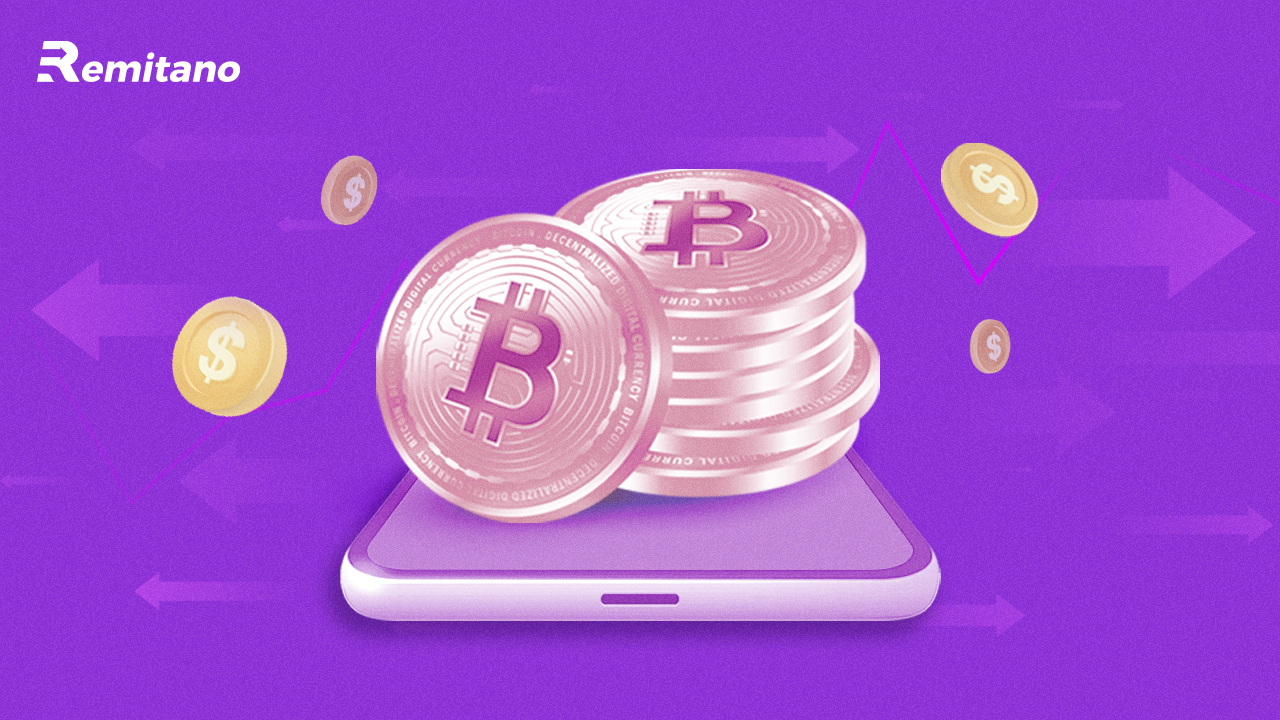
When it comes to crypto investing, having a clear Remitano Investment Strategy can make a dramatic difference between random trading and consistent profitability. Remitano, as one of the most well-known peer-to-peer (P2P) exchanges, offers a versatile environment where traders and long-term investors can explore diverse earning opportunities. In this comprehensive guide, we’ll break down the Remitano Investment Strategy from different angles — including active trading, staking, and passive income methods.
Whether you are a beginner stepping into the crypto market or an experienced trader looking to optimize your capital, mastering the right Remitano Investment Strategy is crucial. Let’s dive deep into proven strategies, real case studies, and expert tips tailored to the Remitano platform.
Understanding the Remitano Ecosystem: Why Strategy Matters

Before we craft a solid Remitano Investment Strategy, it’s essential to understand how the platform operates. Remitano is more than just a P2P marketplace for Bitcoin and popular altcoins — it offers:
- P2P trading for direct buying and selling with fiat.
- Staking services for earning interest on idle crypto assets.
- Investment products that allow users to tap into price swings of various coins.
- Swap services for quick asset conversions.
With these multiple options, investors need to tailor a Remitano Investment Strategy that suits their risk appetite, time commitment, and capital size. Let’s break down the key strategies.
Remitano Investment Strategy 1: Active Trading on P2P Market

Why Choose P2P Trading on Remitano?
Remitano’s P2P market is ideal for those who prefer short-term trades and arbitrage opportunities. The Remitano Investment Strategy for active traders revolves around spotting price discrepancies across regions, currencies, and time zones.
Key Tactics:
- Market Timing: Buy during off-peak hours when spreads are wider.
- Arbitrage Between Currencies: If you have multi-fiat accounts (e.g., VND and USD), you can leverage price differences between currency pairs.
- Leverage Local Demand Trends: When local news spikes demand for BTC, you can sell at higher margins.
Pro Tip: Combine this with on-chain analysis and technical indicators for better timing.
Remitano Investment Strategy 2: Long-Term Holding and Portfolio Building

Building a Balanced Portfolio on Remitano
If you prefer lower-frequency trading with compounding gains, a Remitano Investment Strategy focusing on portfolio building is highly recommended. This involves:
- Allocating assets across BTC, ETH, USDT, and high-potential altcoins.
- Periodic rebalancing based on market trends.
- Dollar-cost averaging (DCA) to spread entry risk.
Case Study:
Investor A started with $5,000 split evenly across BTC, ETH, and BNB on Remitano. By adopting a DCA strategy, adding $200 monthly, and rebalancing every quarter, their portfolio outperformed random buys by 37% after 12 months.
Remitano Investment Strategy 3: Passive Income through Staking

Why Staking Works on Remitano
Staking is one of the safest ways to generate Remitano Passive Income. By locking your assets into staking pools, you earn rewards based on the network’s staking mechanism.
Steps to Stake on Remitano
- Choose Supported Coins: Not all assets are stakeable, so pick those with reliable staking returns.
- Use the Remitano App: Access staking directly via the investment section.
- Monitor Rewards: Rewards are typically paid daily or weekly.
Recommended Assets for Staking
- Ethereum (ETH) post-merge staking.
- USDT flexible savings.
- BNB for high-yield staking pools.

How Remitano Swap Works
Remitano Swap allows quick conversion between assets at competitive rates. For swing traders, this creates opportunities to rotate capital between trending coins. A typical Remitano Investment Strategy in this case includes:
- Monitoring Market Sentiment: Use tools like Fear & Greed Index.
- Rotating Into Strong Performing Assets: E.g., moving from stablecoins to BTC during bullish breakouts.
- Quick Re-entry: Minimize time in fiat to maximize exposure to trending coins.
Advanced Remitano Investment Tips from Experienced Traders
- Avoid Holding Too Much Fiat on Exchange: Convert idle balances into stablecoins for earning.
- Use Dual Investment Plans: Remitano offers structured products where you can set target prices for future buys or sells.
- Stay Informed: Follow Remitano news and community updates to spot opportunities early.
Combining Multiple Strategies for Maximum ROI
The best Remitano Investment Strategy often combines several methods — balancing high-return trades with stable passive income. Here’s a sample hybrid strategy:
| Investment Type | Allocation (%) | Target ROI |
|---|---|---|
| Staking (ETH, BNB) | 40% | 5-8% APR |
| Active P2P Trading | 30% | 15-20% per month |
| Long-Term Holding | 20% | 50%+ in bull runs |
| Trend Trading (Swap) | 10% | Flexible |
This diversified Remitano Investment Strategy reduces risk while keeping multiple profit channels active.
Common Pitfalls to Avoid in Remitano Investment Strategy
Even the best strategies fail if investors fall into common traps, such as:
- Emotional Trading: Making impulsive decisions based on fear or greed.
- Ignoring Fees: P2P trading fees, withdrawal fees, and slippage can eat into profits.
- Lack of Security: Always enable 2FA and use trusted devices.
Remitano Staking Guide: Detailed Process for Beginners
Staking can be intimidating for first-timers, so here’s a simplified Remitano Staking Guide:
- Log into Remitano Account.
- Navigate to Investment Section.
- Select “Staking” Tab.
- Choose Preferred Asset & Lock Period.
- Confirm and Monitor Rewards.
The beauty of this strategy is its passive nature — set it and forget it.
Remitano Passive Income Ideas Beyond Staking

Apart from staking, you can generate Remitano Passive Income through:
- Affiliate Program: Earn commission from referrals.
- Providing Liquidity: In selected pools, providing liquidity earns you trading fees.
- Holding High-Yield Assets: Some tokens offer auto-compounding rewards.
Conclusion: Mastering Your Remitano Investment Strategy for 2025 and Beyond. The crypto market is constantly evolving, but with the right Remitano Investment Strategy, you can navigate volatility, maximize returns, and minimize risk. Whether you prefer active trading, long-term holding, or staking, tailoring a strategy that fits your goals is the key to success on Remitano.
For more expert insights, case studies, and latest investment tips, visit coinzeus.io — your trusted guide in the crypto investment landscape.























